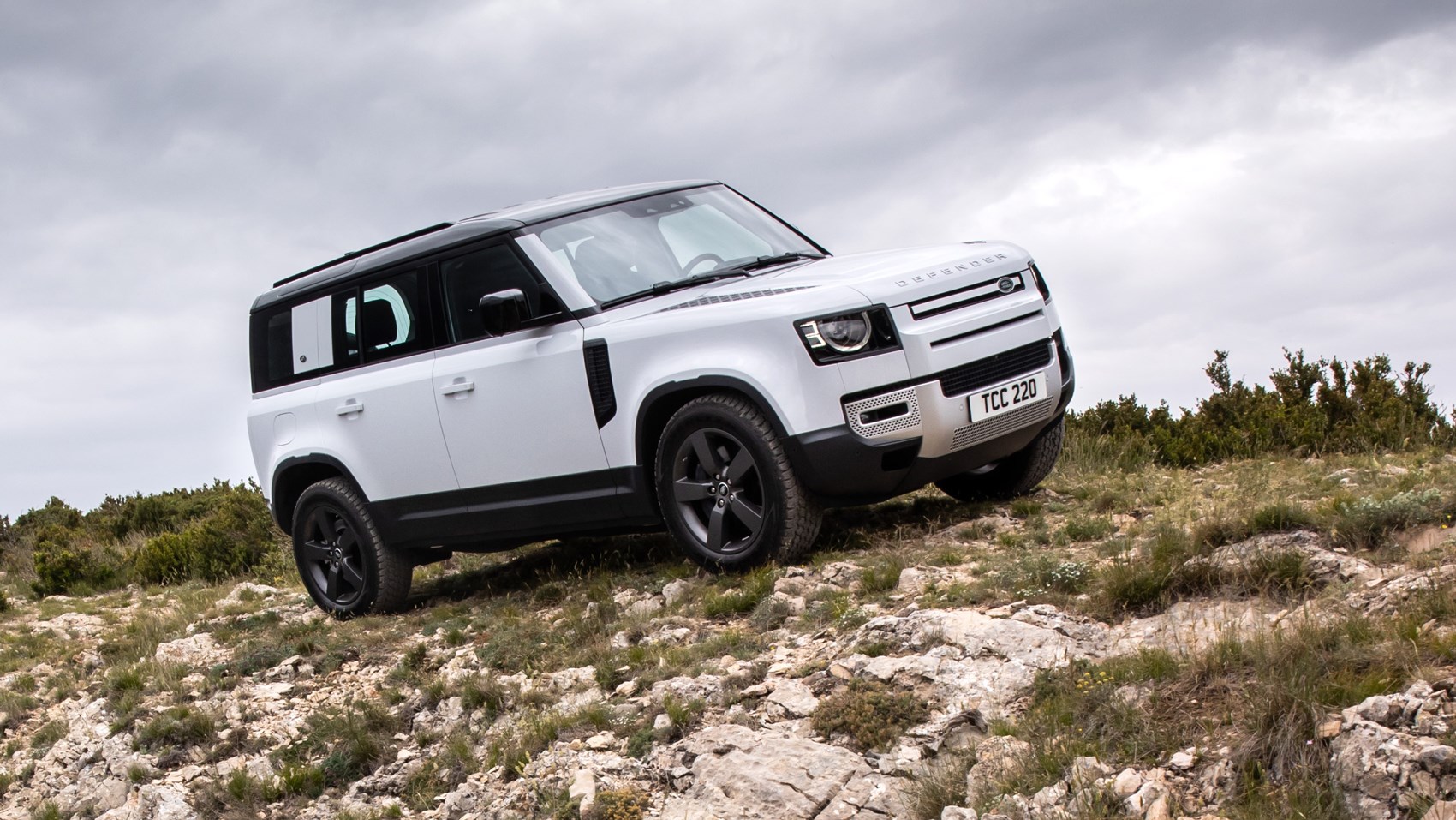
To develop the plug-in hybrid variant of the Defender, Land Rover has chosen to combine a 300 hp gasoline engine with another 143 hp electric. We have tested it both on asphalt and on a demanding off-road route.
The Land Rover Defender family does not stop growing. If a few weeks ago we tested the short body with the three-liter gasoline engine and 400 CV and later we echoed the arrival on the market of the 525 CV supercharged Defender V8 (in 90 and 110 versions), now it’s time to talk about the Defender P400e , the plug-in hybrid variant of the more capable off-roader developed by Land Rover .
His technical approach is very ambitious. The base is a Land Rover Defender 110 P300, the long model equipped with the Ingenium Otto cycle engine, two liters and 300 CV , coupled to an eight-speed automatic transmission whose output is a transfer box that distributes the torque between the two shafts and, eventually, blocks the interaxial distribution and engages the gearbox.
To all this, the P400e adds a 143 hp electric motor between the heat engine and the gearbox, powered by a 19.2 kWh lithium-ion battery. All this allows the plug-in hybrid propulsion system to deliver 404 hp and 640 Nm, travel 43 kilometers free of emissions and consume 3.3 liters during the first 100 kilometers, provided the electric battery has been previously recharged.
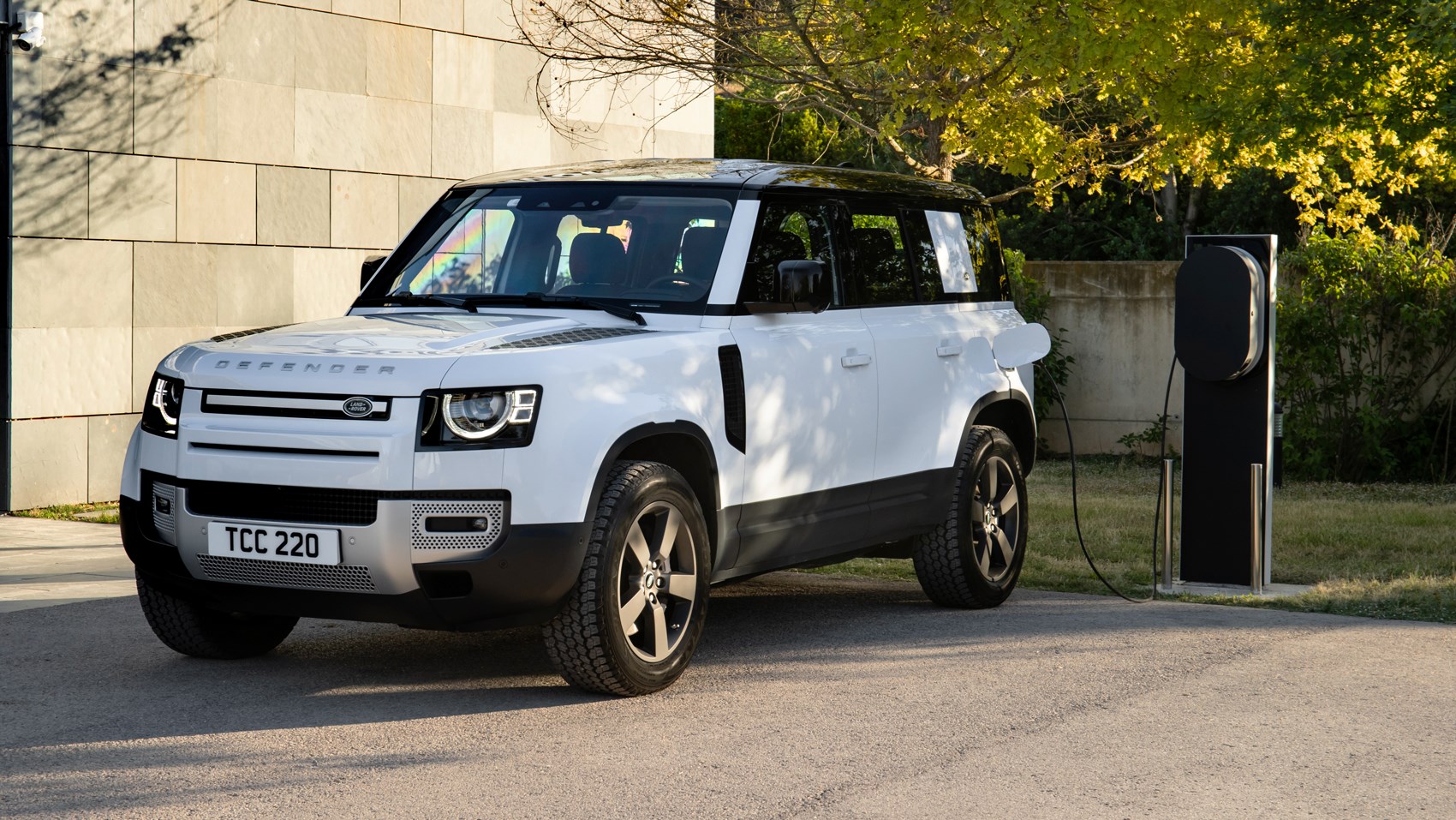
Land Rover Defender P400e: the test begins
To test the vehicle, we went to the Les Comes farm, in Suriá (Barcelona), from where we set off with a fully charged battery to follow a route that will combine roads, urban journeys, dirt tracks and authentic off-road areas.
As expected, the vehicle starts up very smoothly, prioritizing the use of the electric motor over the gasoline one. It is enough to drive a few kilometers to realize the great work of fine-tuning all the components of this plug-in hybrid propulsion system.
Like any new Land Rover Defender 110, this P400e is extremely comfortable. The air suspension filters everything and, together with the superb acoustic insulation, the feeling on board is that of traveling in a kind of bubble that levitates above the road. And also like any new Defender, this P400e commands a calm drive, despite the fact that its acceleration capacity is formidable. It’s a feeling that, in one way or another, has been present in many Land Rover models since the third generation Range Rover was launched 20 years ago, and it’s not due to any single factor.
The truth is that the steering is not very informative and not especially fast, the suspensions do not communicate what is happening between the wheels and the road either, the stability control acts severely at the slightest symptom of yaw, and there is no immediate response to throttle commands. All this, more than defects, are decisions that have been made when developing and fine-tuning a family-style vehicle, but the most dynamic drivers will miss a set-up that allows them to enjoy more of the available power.
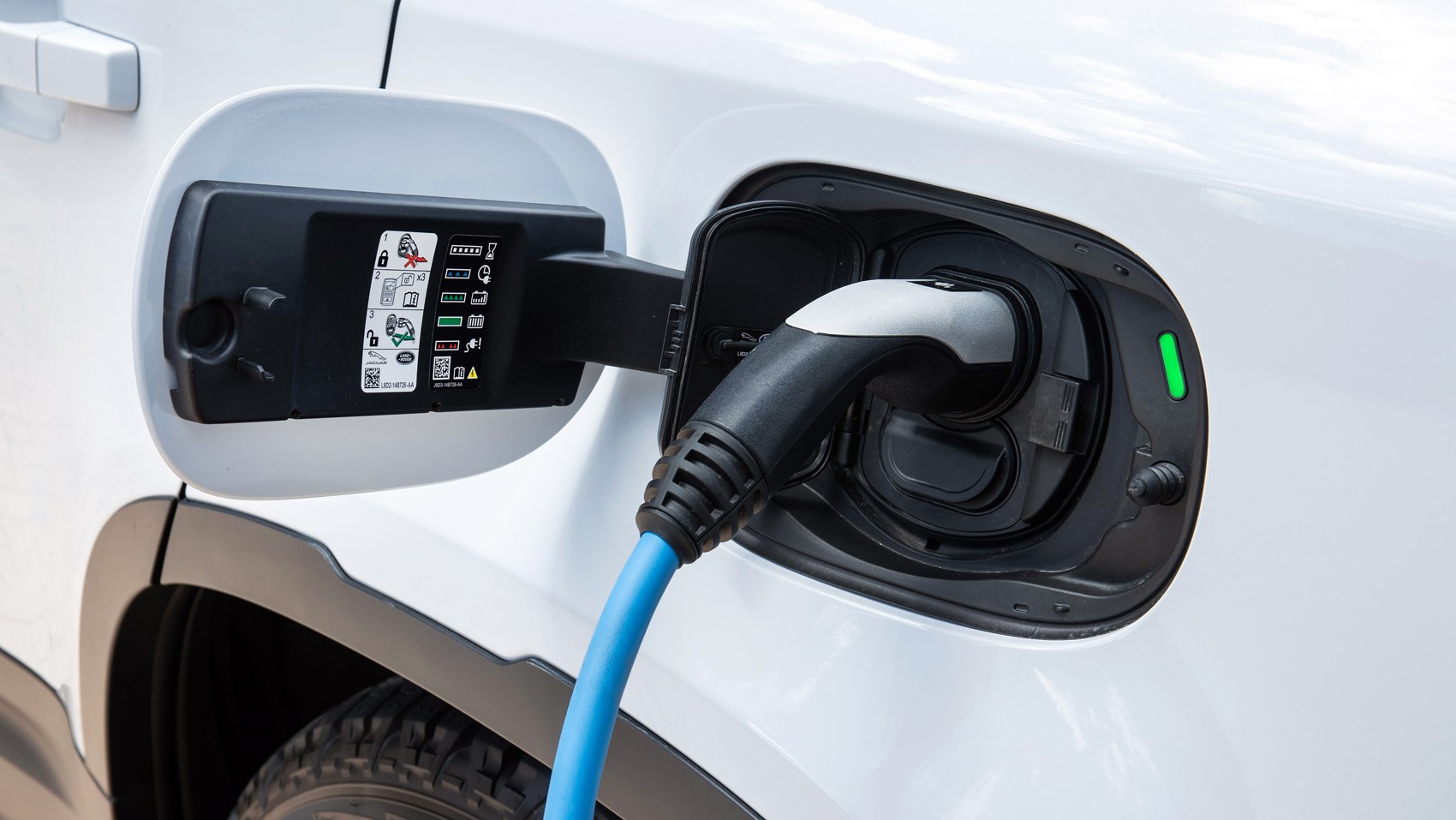
That being said, the 400-odd horsepower is there, and it will come in handy if we want to overtake or if we just want to treat ourselves to going from zero to 100 km/h in 5.6 seconds, which isn’t bad for a vehicle that weighs a whopping 2.6 tons in running order, but as soon as the curves appear, we will feel that we have much more power than we will be able to use.
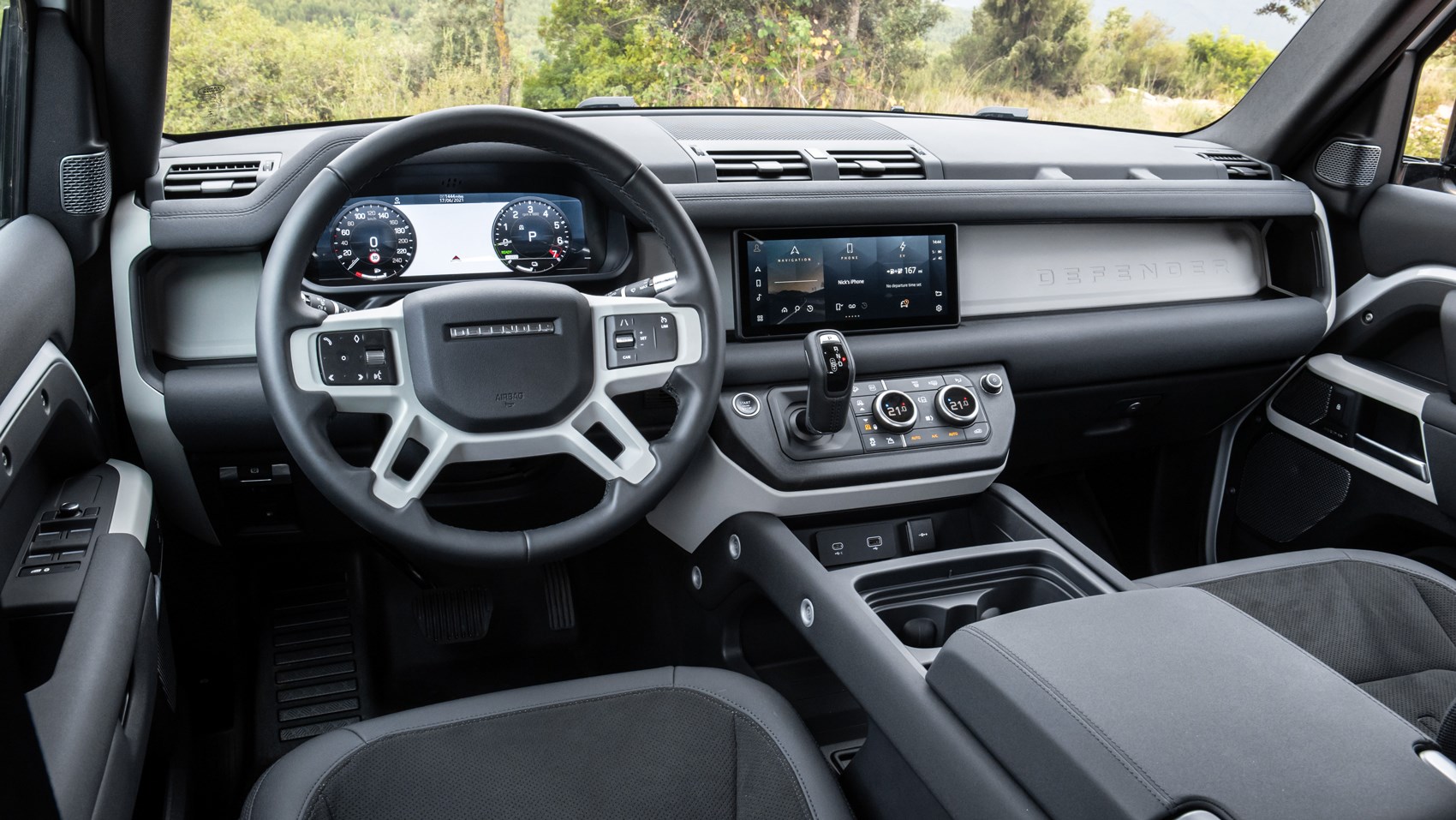
The Defender P400e is the most comfortable SUV
So, on the road, the Land Rover Defender P400e is an excellent means of transport, the longer the journey the better. Sitting in comfortable and high armchairs, we will forget what the word ‘tired’ means. In fact, it is not an exaggeration to say that this is the most comfortable pure SUV on the market.
But the real surprise comes when we put the asphalt aside and decide to drive exclusively with electric propulsion. To be fair, the moment we come to a standstill is not very progressive. It gives the feeling that we cannot dose the torque as much as we would like, or as much as in any other Defender, and to a greater or lesser extent it is the pending issue of all PHEVs that have a mechanical architecture similar to that of the British. But, after that first moment, its capabilities as a purely electric off-road are surprising.
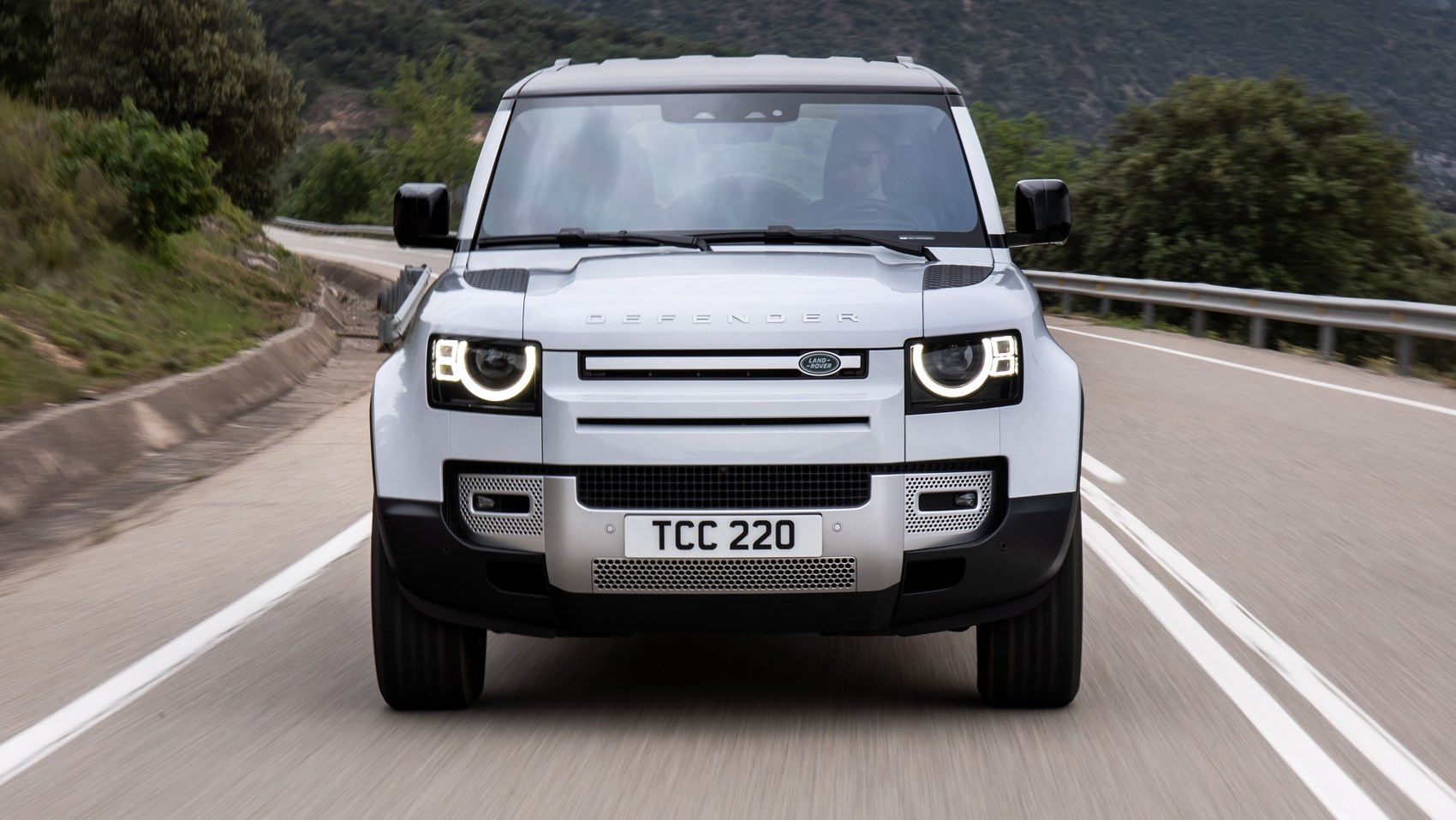
As we ascend an increasingly broken track that takes us to the rope of a mountain and then descend the side of a neighboring valley, the Land Rover Defender in pure electric mode seems to be growing. You have to get used to the fact that the feel of the accelerator pedal changes completely with respect to hybrid mode, with a somewhat empty response curve in the first part and clearly fuller towards the end of the travel, something that makes sense given the more immediate response ( although not instantaneous) of the electric motor and its availability of the maximum torque value regardless of the speed of rotation. However, if you’ve driven another Land Rover Defender or any Land Rover with the Terrain Response off-road scenario interface, you’ll be used to having to adjust to different throttle touches depending on the selected program. Here the same thing happens when switching between the ‘Hybrid’ modes (the usual mode, which gives priority to the electric motor) or ‘Save’ (hybrid, maintaining the battery charge), and the ‘EV’ mode (100% electric) , but in a more pronounced way than if we simply changed the off-road scenario of the Terrain Response.
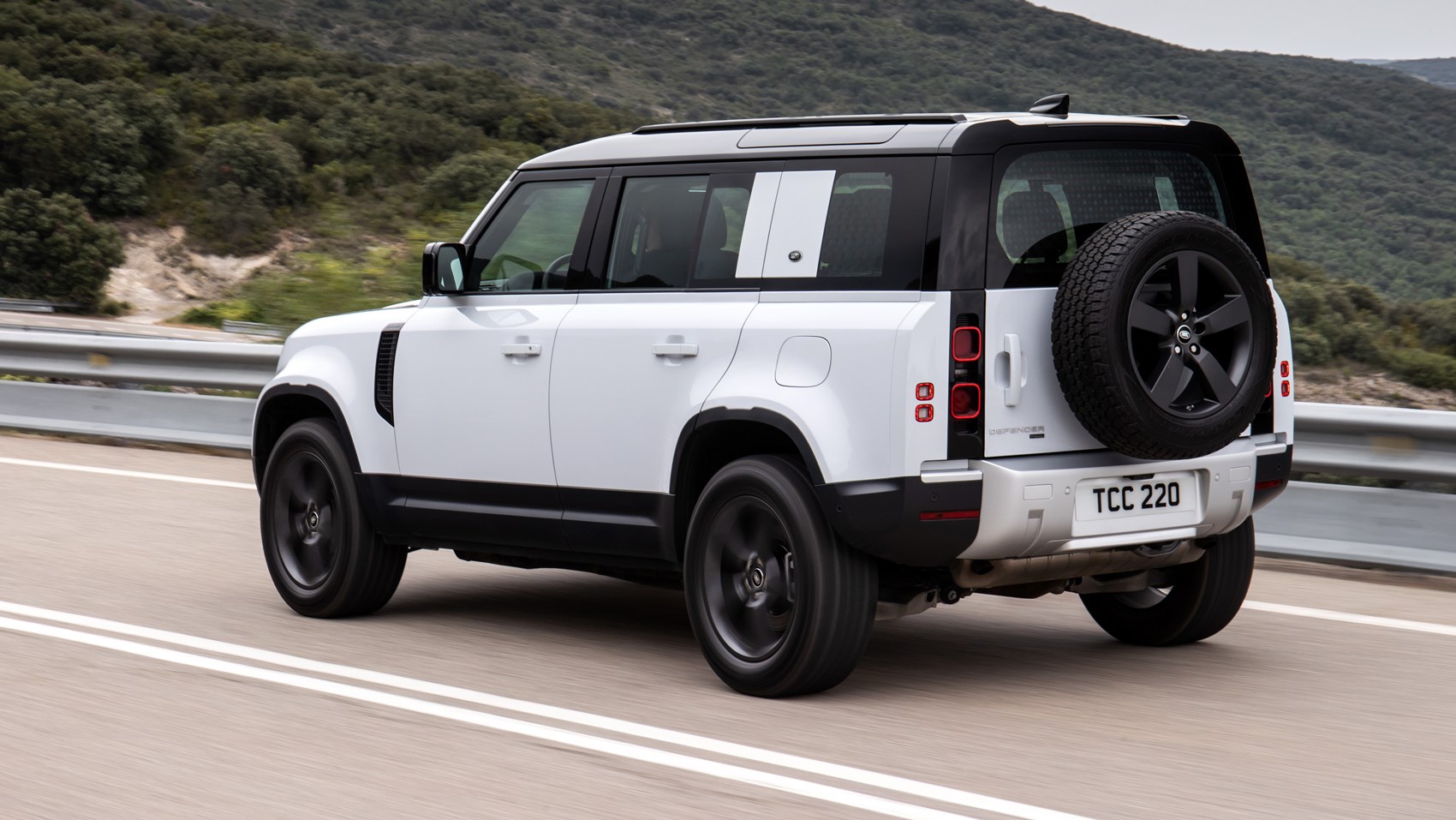
Trial in electric mode
However, all these considerations are in the background when our route takes us back to Les Comes, where we find several important trial passes that the Land Rover Defender solves, in 100% electric mode, almost with the same ease with which it would in hybrid mode. And the “almost” actually refers to that less progressiveness that we have talked about previously.
In reality, it is more of a sensation than a real inconvenience, since if one wheel tries to slip, the superb traction management programs will take care of avoiding it to redirect the torque to the opposite wheel of the same axle with an efficiency that, as we have Commented on other occasions, no rival has managed to reach so far.
